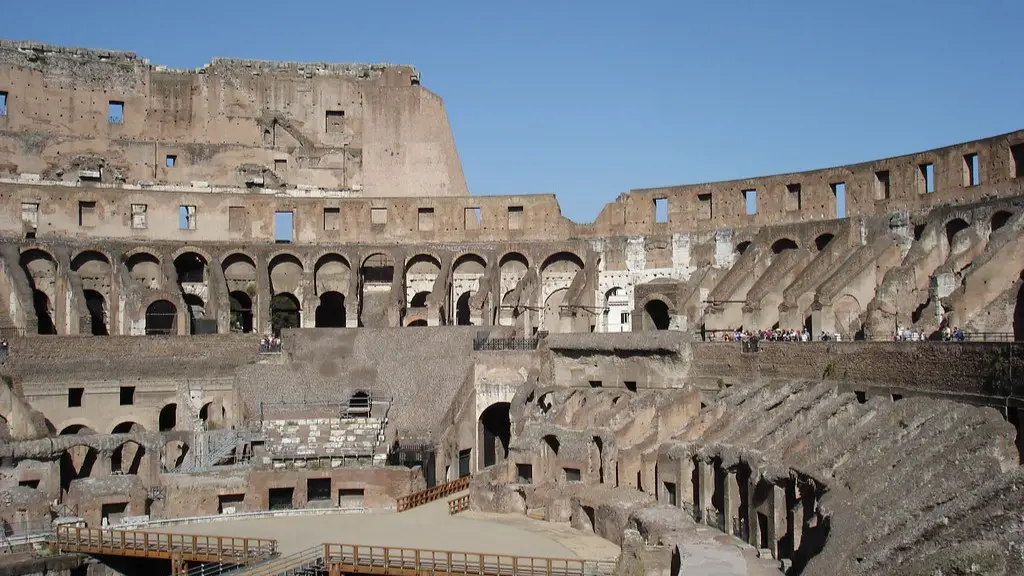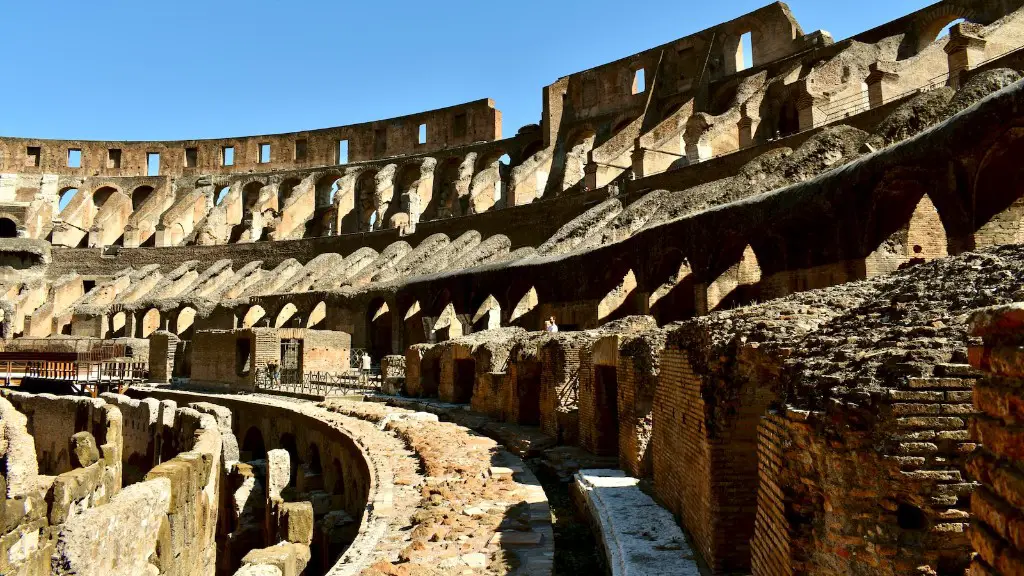At the time of the founding of the Roman Republic in 509 BCE, the Roman electorate was limited to adult male citizens who owned land. This was a relatively small group, perhaps as little as 10% of the population. Over time, the electorate gradually expanded to include all adult male citizens and, eventually, all citizens, regardless of gender or property ownership.
In ancient Rome, voting was a right reserved for free men who were considered citizens.
Could Roman plebeians vote?
The Plebeian Council was originally organized around the office of the Tribunes of the Plebs in 494 BC. While the plebeians each belonged to a particular curia, only patricians could actually vote in the Curiate Assembly. This meant that the Plebeian Council was not a true representation of the people of Rome. In order to rectify this, the Lex Canuleia was passed in 449 BC, which allowed for plebeians to be elected as tribunes. This gave the Plebeian Council more legitimacy and made it a more accurate representation of the Roman people.
Roman citizenship was a valuable thing to have in the ancient world. It conferred many rights and privileges, including the right to vote, own property, and participate in the Roman legal system. There were several ways to acquire citizenship. Birth to two Roman citizens automatically conferred citizenship, as did marriage to a Roman citizen (provided the spouse had the right to contract a Roman marriage, known as connubium). Citizenship could also be granted by the people, either through the vote of the Roman Assembly or by decree of the Senate. Finally, generals and emperors could bestow citizenship as a reward for service to Rome.
Could freedmen vote in ancient Rome
Freedmen were former slaves who had gained their freedom. They were not automatically given citizenship and lacked some privileges such as running for executive magistracies. Such citizens could not vote or be elected in Roman elections.
Since the Romans used a form of direct democracy, citizens voted before each assembly instead of electing representatives.
Could patricians vote in Rome?
The patricians were the wealthy land-owning noble class in Rome. They often owned slaves who would work their farms for them. The patricians inherited their power and held almost all the important government positions such as the consuls. However, only males could vote.
The Senate was the governing and advisory assembly of the aristocracy in the ancient Roman Republic. It was not an elected body, but one whose members were appointed by the consuls, and later by the censors. The Senate advised the consuls on matters of state and foreign policy, and also had the power to ratify treaties. The Senate also had the power to impeach governors and other officials, and to try them for corruption.
Who could not be a Roman citizen?
Roman citizens were treated differently by the law than those who did not have Roman citizenship. Slaves, freedmen, foreigners, and women did not have the same protections that citizenship granted.
Roman law changed several times over the centuries on who could be a citizen and who couldn’t. For a while, plebians (common people) were not citizens. Only patricians (noble class, wealthy landowners, from old families) could be citizens. However, this changed over time, and eventually, all Roman citizens were granted the same rights and responsibilities, regardless of their social class.
Who were the citizens of Rome that could vote but did not have much power in the government
In the Roman Republic, only men could vote and have a say in the government. Lower-class citizens, or plebeians, had no say in the government. However, both men and women were citizens in the Roman Republic.
Voting for most offices in Rome was open only to full Roman citizens. This excluded women, slaves, and those originally living outside of Rome. In the early Republic, the electorate would have been small, but as Rome grew it expanded.
Did plebeians have slaves?
Slave ownership was a sign of status and wealth in ancient Rome, and nearly everyone aspired to it. However, it was also not uncommon for plebeians and ex-slaves to own a few slaves themselves. This was because slave ownership was a way to increase one’s social standing and wealth.
The Roman plebeians were the majority of the population of the Roman republic. They were the common working class citizens of the republic, and were practically any free citizen who was not a patrician or slave. The Roman plebeians were an important part of the republic, and their contribution was essential to the success of the Roman state.
Were Roman dictators elected
A dictator was a magistrate in Rome who was appointed rather than elected. Candidates were typically picked by consuls in collaboration with the Senate, though there also have been cases in which dictators were appointed by the Comitia Centuriata. There were many reasons for appointing a dictator. Dictators were often used in times of military crisis, when a consul was needed but there was no time for an election. They were also used to carry out unpopular tasks, or tasks that required extra legal authority.
There were three different types of government in Ancient Rome: the Senate, the Consuls, and the Assemblies. The Senate was composed of the wealthier citizens of Rome and was responsible for making laws. The Consuls were two citizens who were elected to serve one-year terms as the heads of state. The Assemblies were composed of all the citizens of Rome and were responsible for electing the Consuls and passing laws.
How many voting tribes did Rome have?
The three original tribes from which the Romans were descended were the Tities, Luceres and Ramnes. These three tribes were said to have descended from the three sons of Romulus, the founder of Rome. The sixteen oldest voting tribes had the names of old patrician gentes. Their members were either from patrician families or lived on land owned by them.
The plebeians were a class of Roman citizens who were not allowed to hold public office or to marry patricians. Starting around 494 BC, the plebeians began to fight against the rule of the patricians. This struggle is called the “Conflict of the Orders.” Over the course of around 200 years the plebeians gained more rights.
Final Words
Only men who were citizens of Rome could vote in ancient Rome.
In conclusion, anyone who was a Roman citizen could vote in ancient Rome. This included men over the age of 18 who were not slaves. Women, children, and slaves were not allowed to vote.




